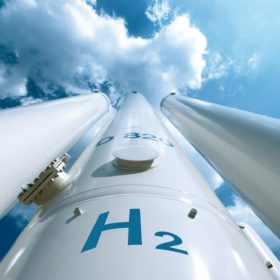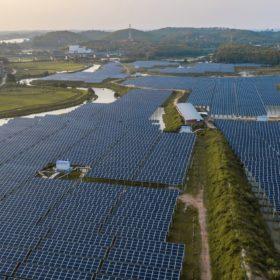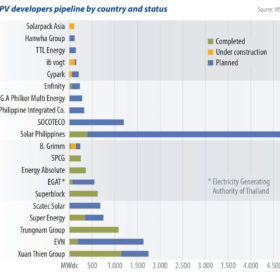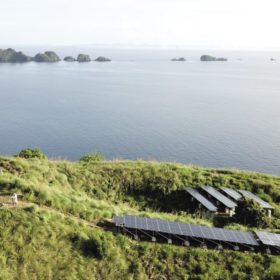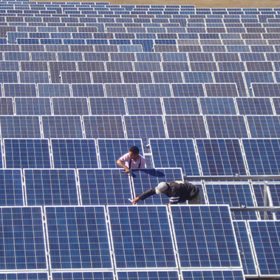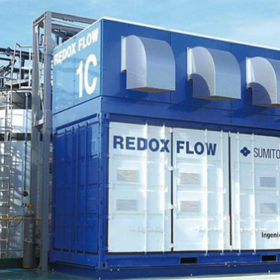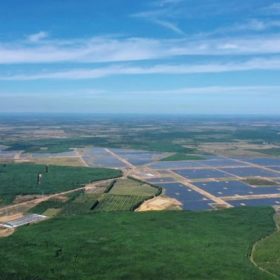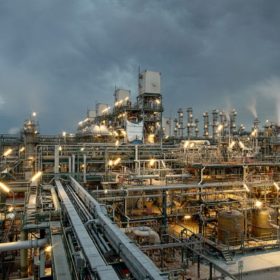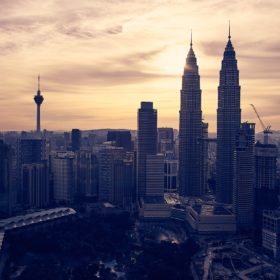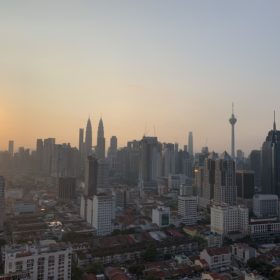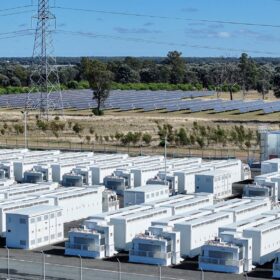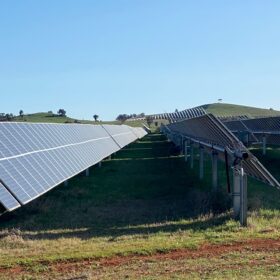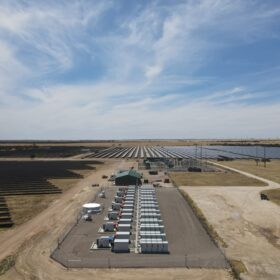Australian startups join forces to develop 1.3 GW hydrogen export facility in Malaysia
Two Australian companies, hydrogen fuel cell startup H2X and emerging renewables developer Thales New Energy, have signed an agreement with a Malaysian state-owned corporation to develop a 1.3 GW hydrogen export facility powered by hydroelectricity in the Malaysian state of Sarawak.
Corporate renewable PPAs are on the rise in Asia Pacific, says WoodMac
Corporate power purchase agreements are the second most adopted purchasing method in the world, and they’re growing fast. With the U.S. and Europe picking up the pace in the last year, the Asia Pacific is not going to be left behind, with Wood Mackenzie estimating corporate PPAs in the region doubled in the last year.
Saturday read: Southeast Asia’s big PV plans – 27 GW by 2025
PV markets in Southeast Asia have picked up over the past two years, driven by the astounding growth of Vietnam. Regional policies, combined with growing demand for renewable power in the manufacturing industry, will result in 27 GW of new PV installations across the region over the next five years, writes IHS Markit analyst Dharmendra Kumar. PV installations in these countries are driven by attractive feed-in tariffs, net energy metering, tariff-based auction mechanisms, and other incentives.
Saturday read: Southeast Asian solar markets emerging from the back of the pack
Southeast Asia could well become the global engine room of renewable energy expansion. Population and economic growth is expected across the three decades in which the world has to decarbonise, but the brimming bounty of renewables deployment will force developers to navigate the region’s systems. As it turns out, that could be a treacherous task.
Risen Energy makes $13.35 billion move into Southeast Asia
China-based Risen Energy is expanding its global footprint, the solar PV manufacturer and project developer announcing plans to construct a $13.35 billion mega production facility in Malaysia.
Malaysian green hydrogen project opts for Perth-based flow batteries
Perth-based TNG Limited has signed an agreement with Malaysian green hydrogen company AGV Energy which will see its vanadium redox flow batteries integrated into the HySustain project to store solar energy for green hydrogen production.
Saturday read: Five trends to watch in Southeast Asia
Minh K Le, senior renewables analyst at Rystad Energy, examines five key trends to watch in Southeast Asia utility-scale solar, as mega-scale projects ramp up, Indonesia emerges, and Vietnam steps back.
OCI increases production capacity at Malaysian polysilicon factory
OCI has revealed plans to invest $55 million to expand production at its Malaysian manufacturing facility from 30,000 to 35,000 metric tons.
Malaysia’s 1 GW PV tender attracts lowest bid of $0.0429/kWh
Through the fourth tender of the LSS program for large scale PV, the Malaysian authorities have pre-selected 30 solar projects with a combined capacity of 823 MW. The lowest bid came in at MYR0.1768/kWh ($0.0429) and the highest at MYR0.2481/kWh.
Malaysia to allocate another 500 MW of rooftop PV under net metering
The NEM 3.0 program will run until the end of 2023 and will see the participation of residential, commercial and industrial prosumers as well as public entities and government ministries.
